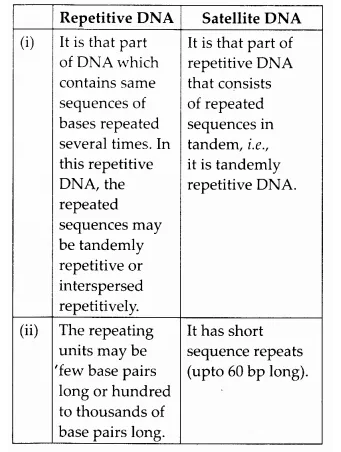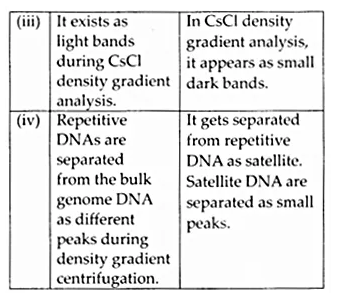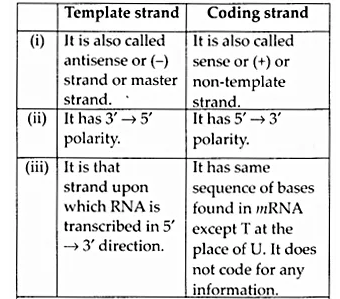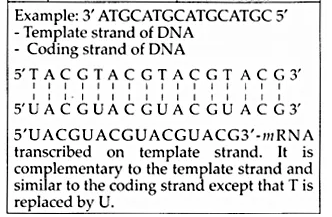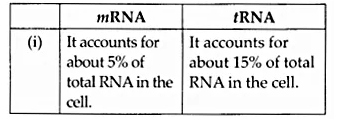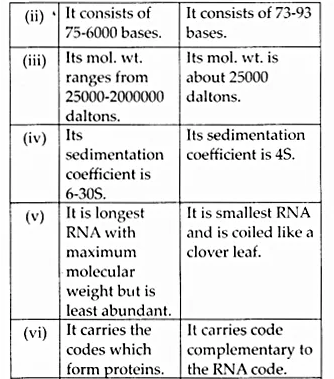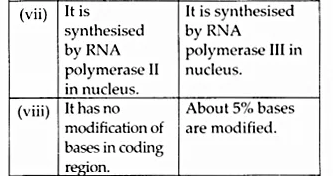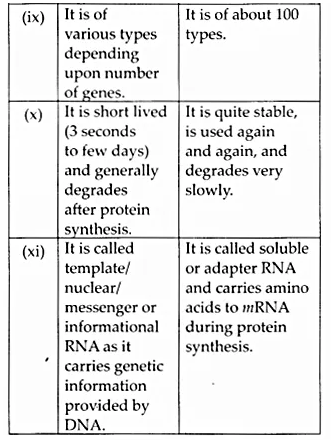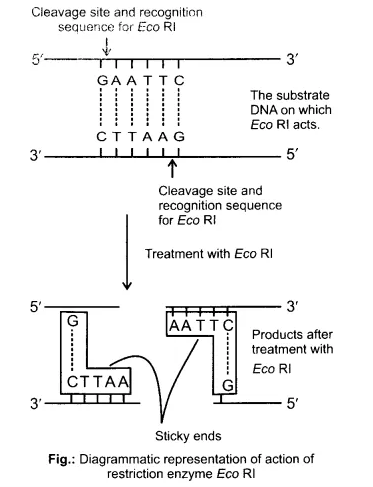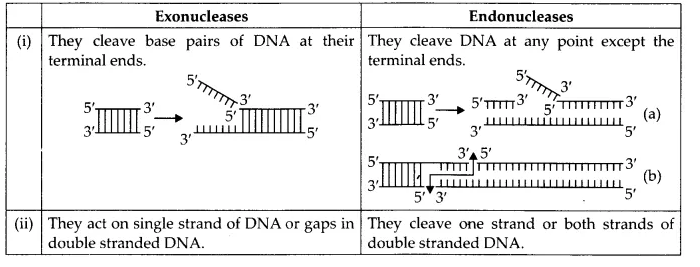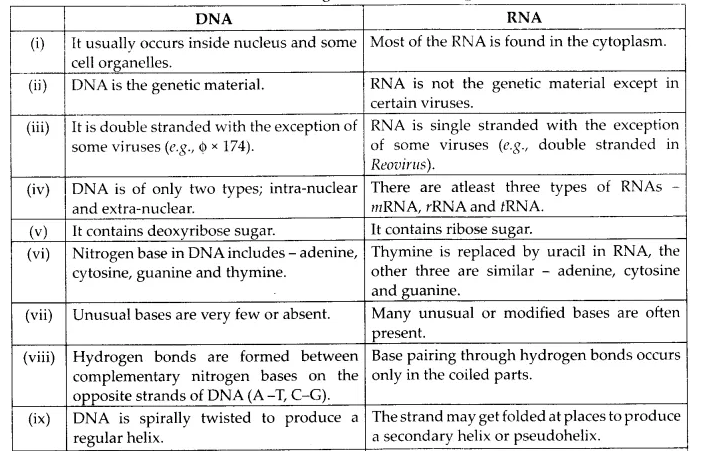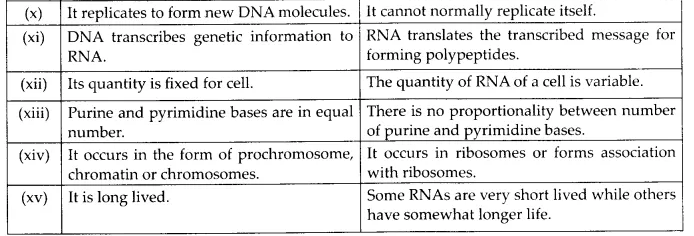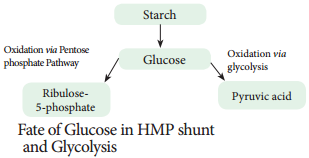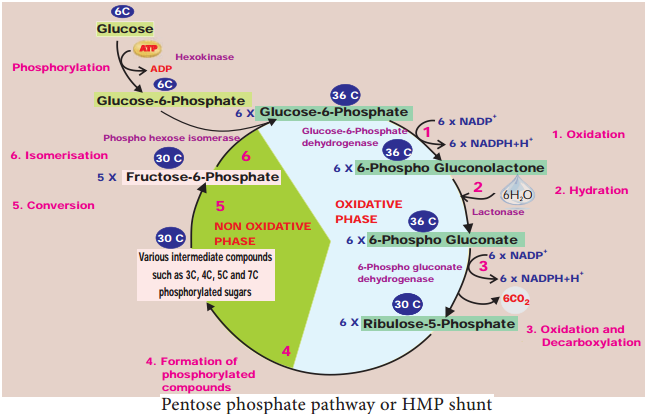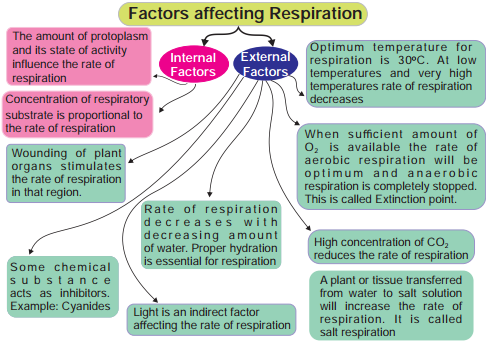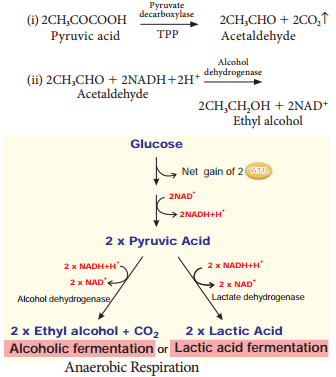Here we are providing NCERT Solutions for Class 11 English Hornbill Poem 1 A Photograph. Students can get Class 11 English A Photograph NCERT Solutions, Questions and Answers designed by subject expert teachers.
A Photograph NCERT Solutions for Class 11 English Hornbill Poem 1
A Photograph NCERT Text Book Questions and Answers
Question 1.
What does the word ‘cardboard’ denote in the poem? Why has this word been used?
Answer:
The word “cardboard” in the poem refers to the photograph. It is just a piece of paper a memory as the poet’s mother is dead and gone. It signifies the transience of life and what remains is an insignificant piece of paper.
Question 2.
What has the camera captured?
Answer:
The camera has captured the scene when the poet’s mother and her two female cousins, Betty and Dolly, went paddling. They were holding the poet’s mother’s hands. The elder of the three was about twelve years. The three of them stood smiling as the wind tousled their hair.
Question 3.
What has not changed over the years? Does this suggest something to you?
Answer:
The sea has not changed over the years. It remains the same through generations. On the contrary, life is transient. The mother has now been dead for years. Human life is transitory and this transience is contrasted with the permanence of nature.
Question 4.
The poet’s mother laughed at the snapshot. What did this laugh indicate?
Answer:
The mother laughed at the fleeting moments that had long passed. She relived the memories when they were dressed as children and taken out. She laughed as she recalled the happy memories.
Question 5.
What is the meaning of the line “Both wry with the laboured ease of loss.”
Answer:
The poet’s mother had been out on a beach holiday, years back and felt nostalgic about it, similar to what the poet felt when she relived the memories of her dead mother. The memories, in each case, were beautiful, but painful to recall as time slipped away, so easily.
Question 6.
What does “this circumstance” refer to?
Answer:
“This circumstance” is the death of the mother. This fact is as true and as real as the one that her mother had experienced, on the beach. Both the situations are now a memory of the past. The first is a memory of the mother’s past and the second of the poet’s past.
Question 7.
The three stanzas depict three different phases. What are they?
Answer:
The first stanza is the poet’s description of the photograph that had been captured from her mother’s childhood. The second stanza deals with recollections. The mother’s recollection of her childhood just as the poet recalls her mother who is now dead. The third stanza philosophises death and the transience of life.
